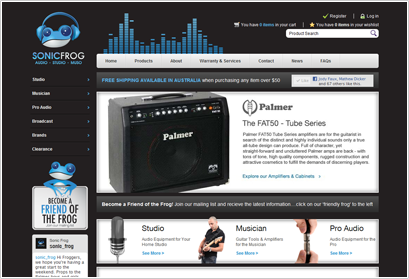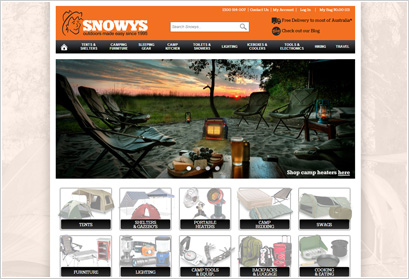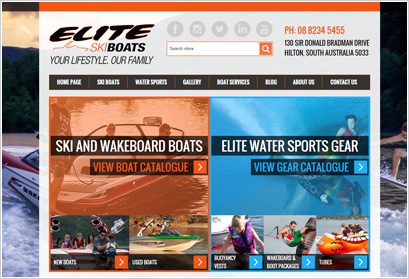Over the past 5 years, as eCommerce websites have really hit their stride and we saw many traditional B&M (bricks & mortar) retailers crying foul at customers who were ‘showrooming’. Customers were going into B&M stores, getting fitted for certain items such as ski boots, and then ordering them online from another store for a cheaper price.
This worked out great for the customer as they had removed the risk of buying a tricky item online by getting fitted by a professional first and they got the item at a cheaper price, but in the process they had cost the B&M retailer time in servicing for no reward. Some retailers responded by introducing small fees to be fitted for certain items. These fees were then refundable against the purchase of that particular item.
But in the last 12 months we have seen a swing in behaviour to a focus on “reverse showrooming”, or “webrooming”. While customers have always browsed far and wide on the internet to determine what products are available before going in store to make the final purchase, we are now seeing B&M retailers trying to capitalise on this.

The need for a strong website with a full product catalogue is crucial. Retail websites must have:
Excellent imagery – People shop with their eyes! Make sure you have multiple views of the product, and at least one of the product in situ. If you sell clothing this means at least one of the item on a model, or if you sell furniture at least one image of the coffee table in a room with other products.
Good product descriptions – One line of text is not enough for customers or search engines. Try to have decent product descriptions that cover off on all product specifications, and give some examples of it’s use or what it can be used with. For example, if you’re selling a jacket you may wish to give styling suggestions such as “can be worn with jeans for a casual look on the weekend, or teamed with a smart skirt for work.”
Good catalogue structure and search functionality – It needs to be easy for customers to browse through your online store to find what they need. This means that your catalogue needs to be setup in a logical manner, and the website must offer good search functionality.
Store location(s) – To cater to the reverse showroomers out there, make it easy to find your location and provide an interactive Google Map in case they want to get directions. To avoid disappointment, you may also wish to encourage customers to phone ahead to their store and check availability of the item they’re looking for.
And the final word is that retailers need to ensure that the experience in both their online and B&M stores is consistent. If customer service is a key component of your in-store offering, then make sure this is also being offered to your online customers.
If you’re looking to offer a great online retail experience to your customers, give DBG a call – we love building eCommerce websites!! Here are just a few examples of online stores we have built:



